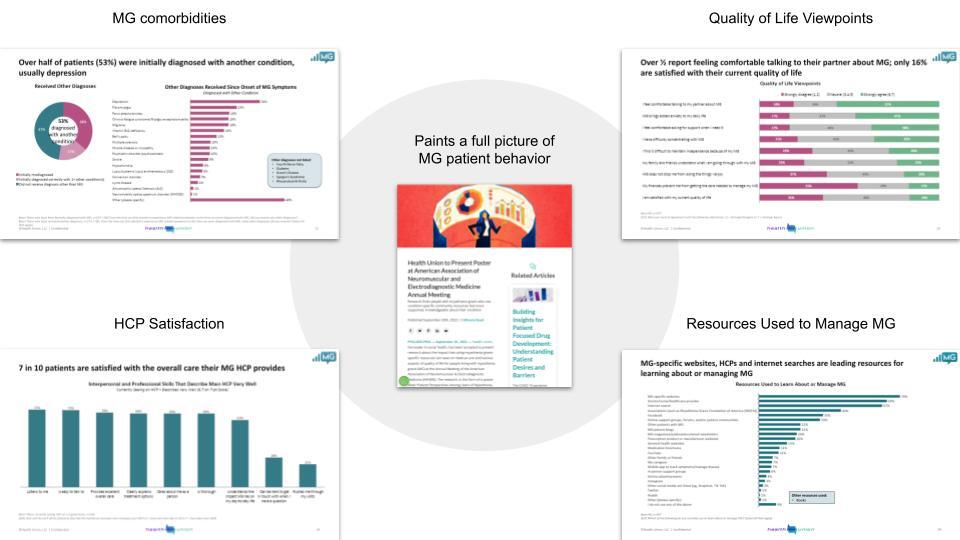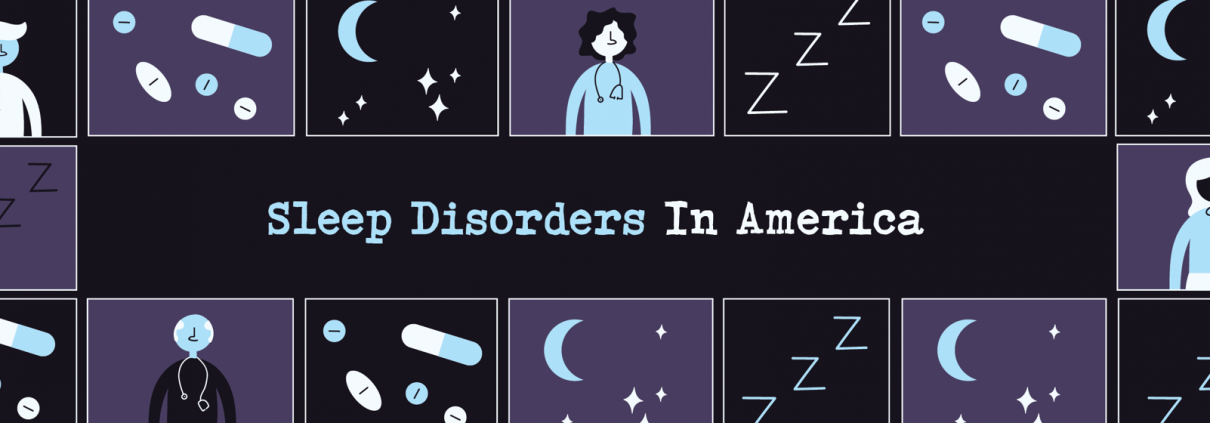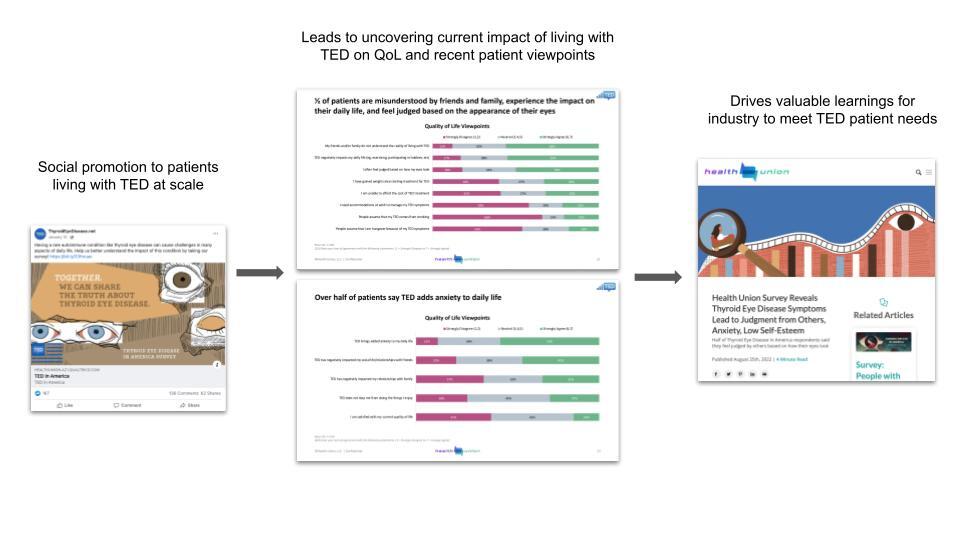A detailed understanding of comorbidities, quality of life viewpoints, HCP satisfaction and resources used help to provide the neuromuscular and electrodiagnostic care community a 360 degree viewpoint of the patient journey and can help them understand why MG patients who use condition-specific community resources feel more supported and knowledgeable about their condition.
Seeing the full picture of the patient journey can help marketers to understand patients’ treatment behaviors and the reasons behind them, which in turn helps to uncover unmet needs and marketing opportunities.
Real-time and Recent Data Sheds Light on Journeys in the Now
In addition to the value of seeing the picture of the full patient journey, another critical element is to capture these insights with recency and in real time. Rather than gleaning these valuable insights long after the behaviors have taken place, the opportunity to capture insights with recency to critical events is key.
Through social health, patients are engaging with one another in real time to better understand their conditions and navigate critical situations such as understanding test results and making treatment decisions.
This socially driven approach can be illustrated by Health Union’s In America surveys, our large-scale syndicated research studies delivered regularly across each of our condition-specific online health communities. These surveys provide data that can lead to valuable insights from patients across America in real time as they navigate the dynamic landscape of their conditions.
The example below illustrates key learnings uncovered by Health Union’s Thyroid Eye Disease (TED) In America, a growing condition community for Health Union, and a condition area that is expected to witness exponential marketplace growth in the next several years.
The 100 patients screened to be diagnosed with TED, shone a light on the stigma that TED patients face, with 63% reporting it has a negative impact on their self-esteem and 44% reporting a negative impact on their mental health. Over half of these patients shared that living with thyroid eye disease adds anxiety to daily life.
Knowing how these anxieties manifest within their daily journey can become an important insight to a successful marketer as they address unmet needs of the TED community, improve outcomes and enhance marketing activities.
Leverage Socially Driven Insights Through “In America” Research
Health Union’s syndicated In America research can help brands to develop foundational knowledge, validate the customer journey, enhance patient profiles, and augment commercial analysis. With over 2 million data points across 40+ online health communities, these condition-specific, socially driven insights will heighten the understanding of the patient journey in order to better address unmet needs, improve outcomes and enhance commercialization/marketing activities for brands.
If you are interested in learning more about Health Union’s syndicated In America research and how it can be put into practice for your brand, we invite you to contact us below.





